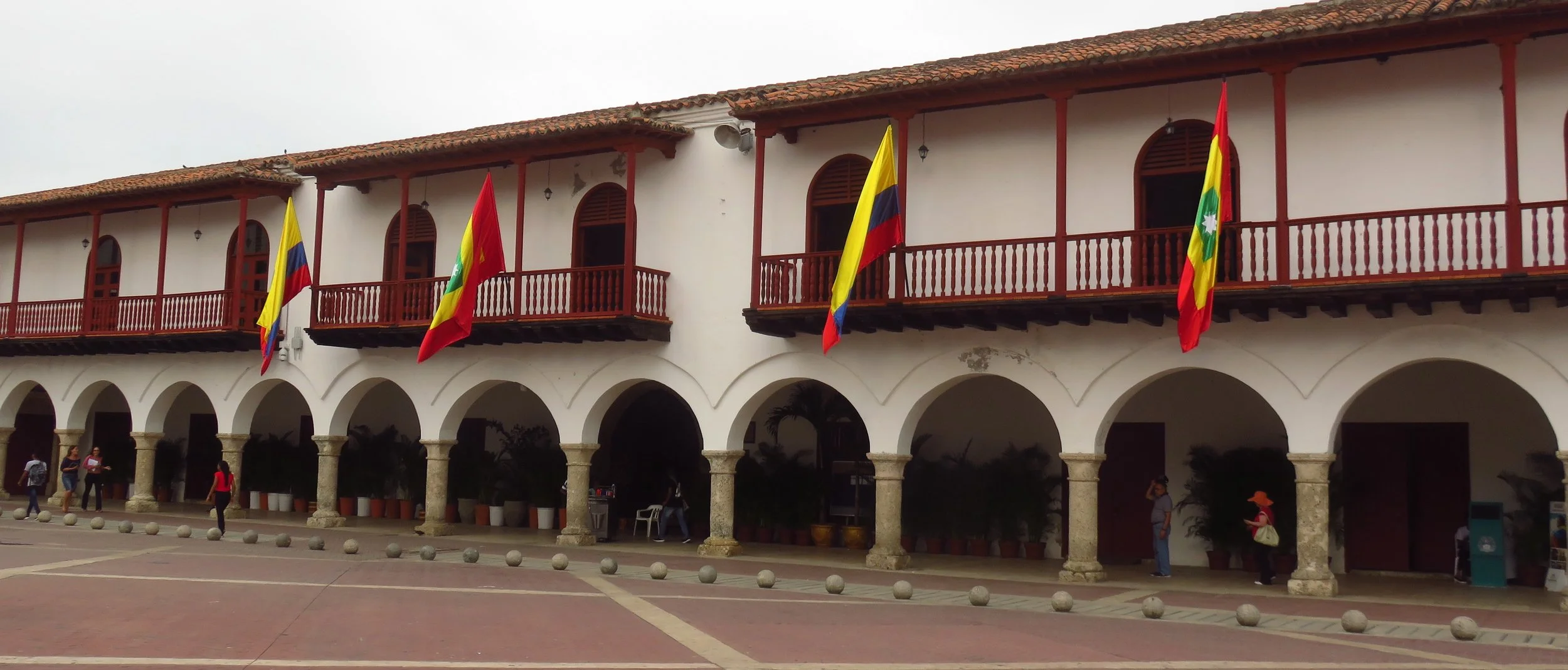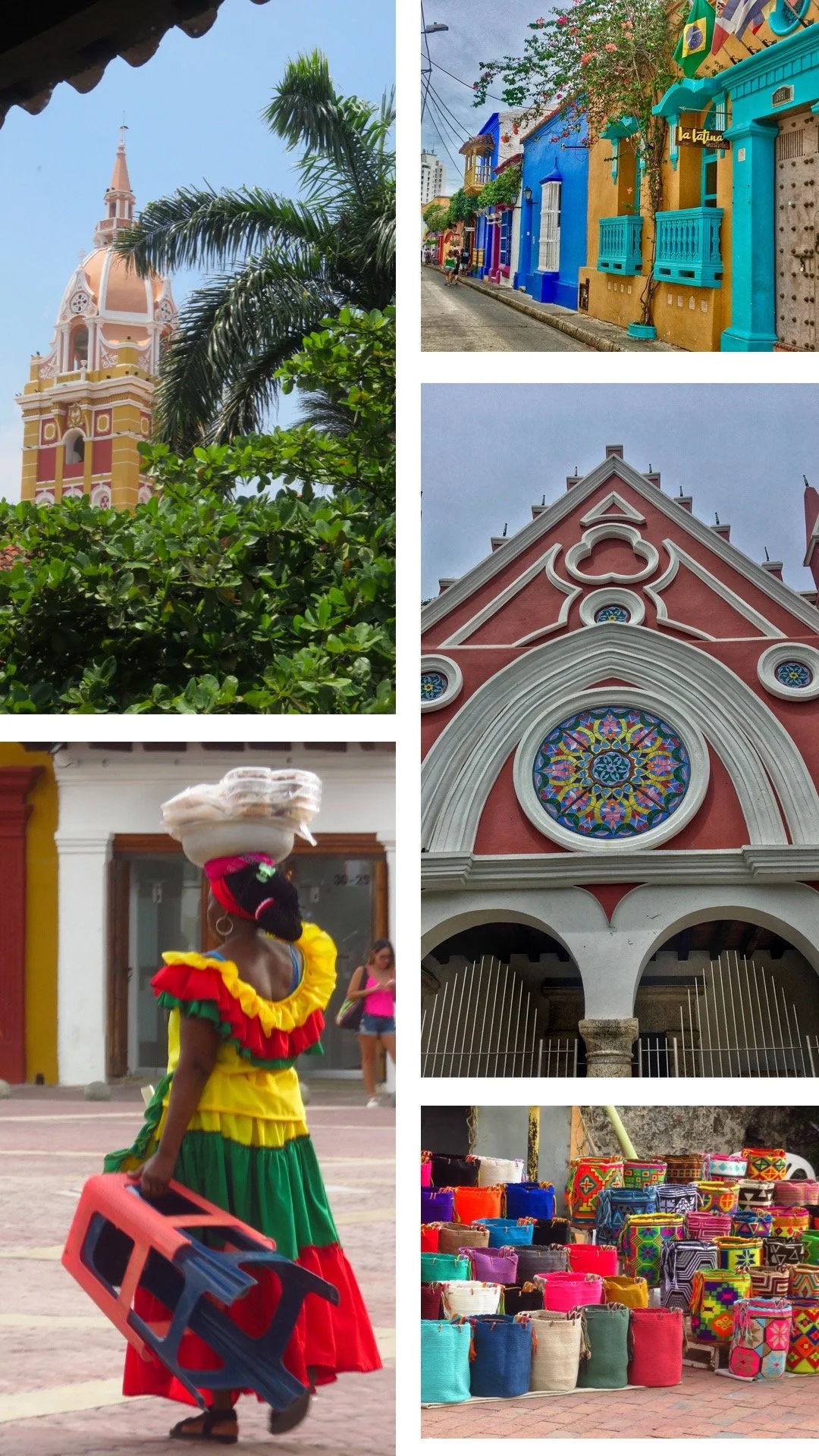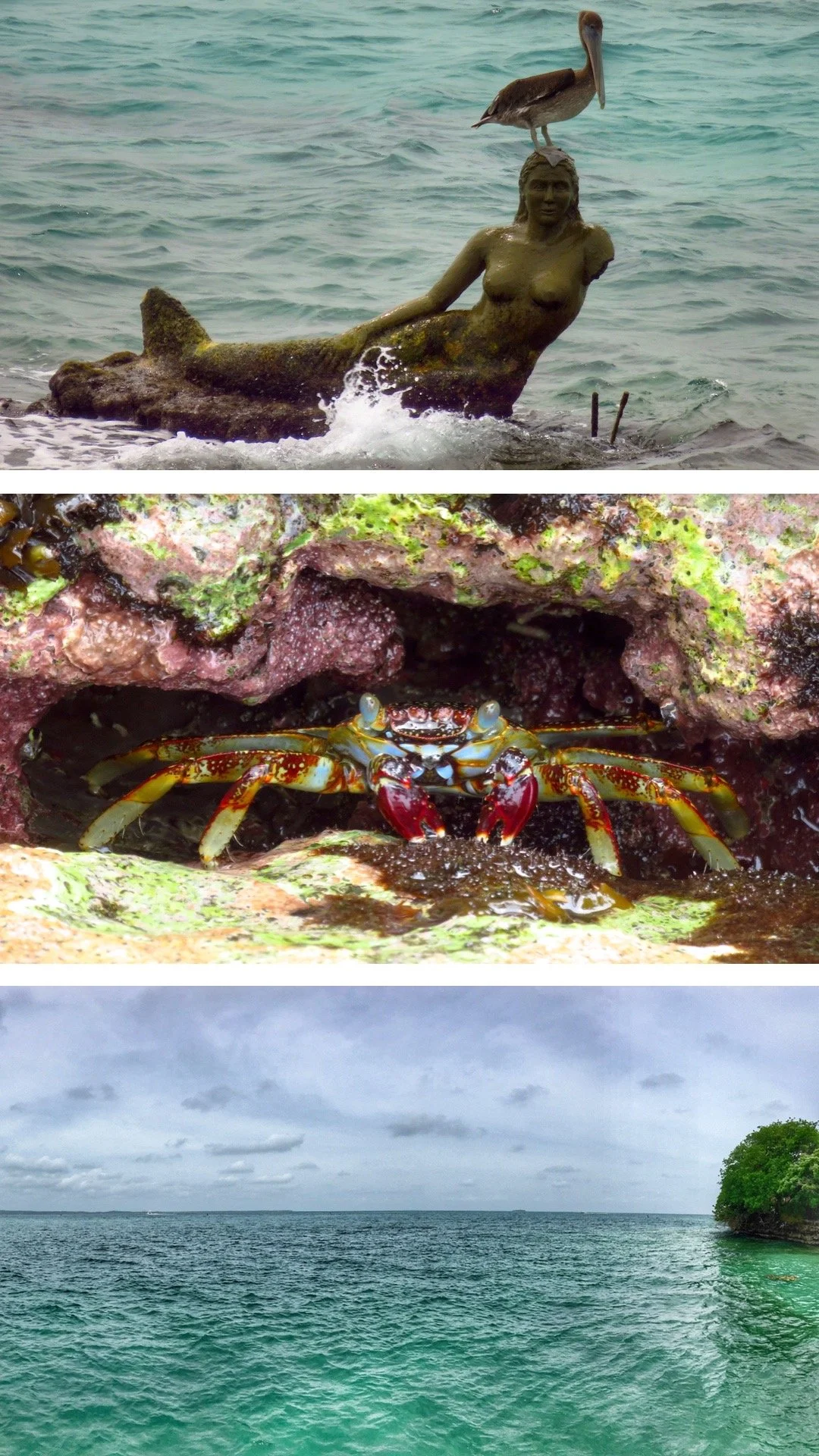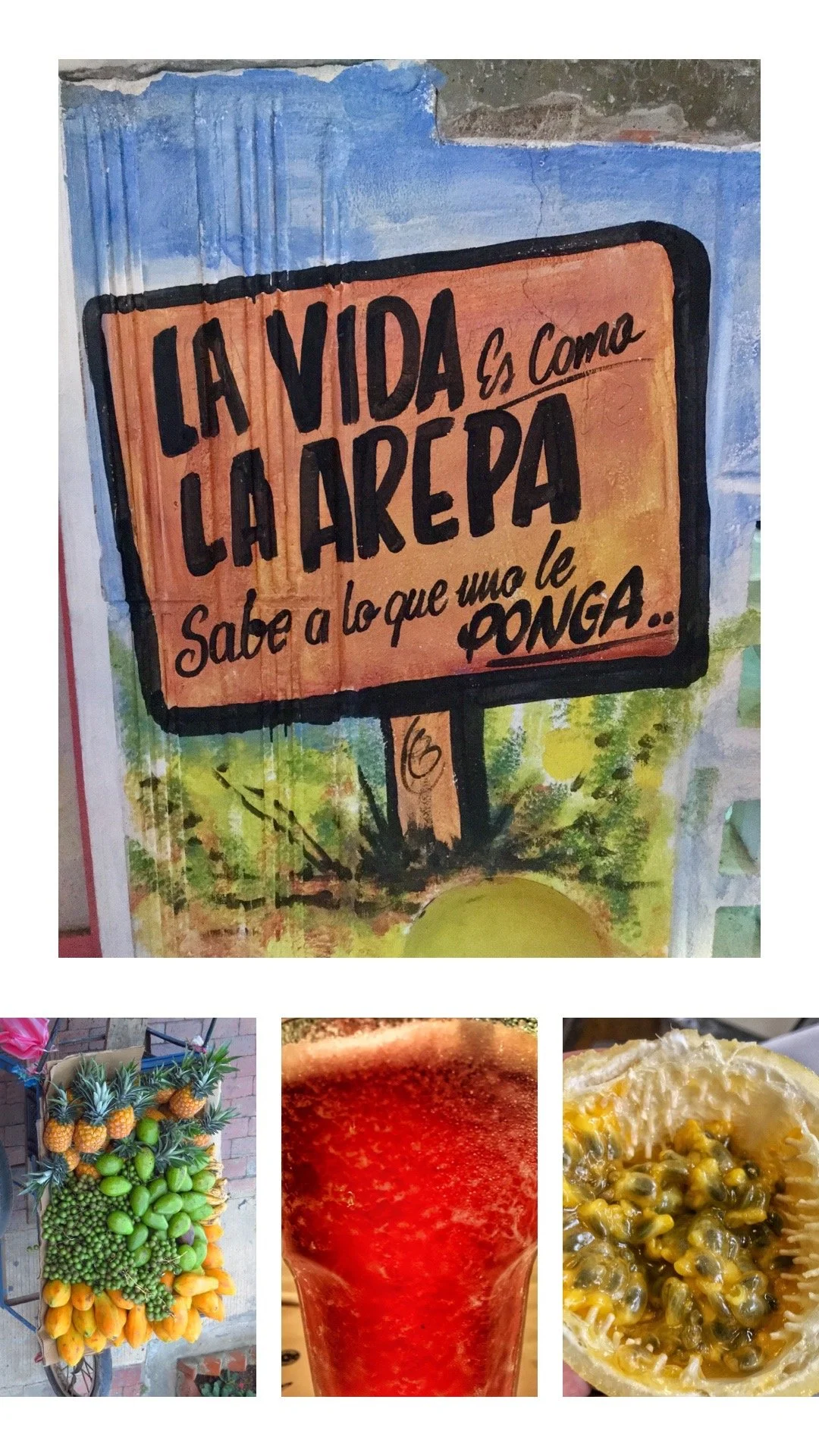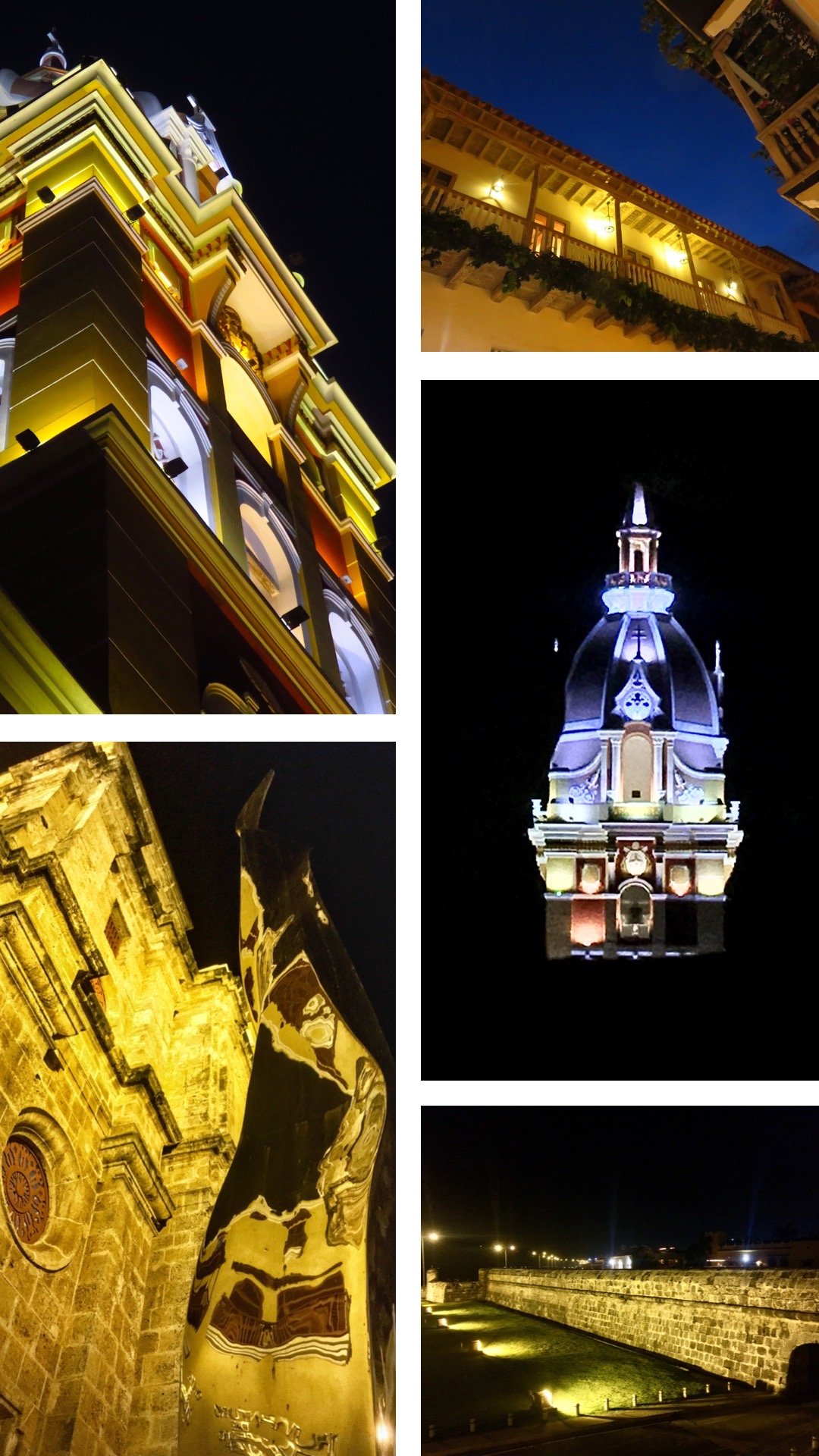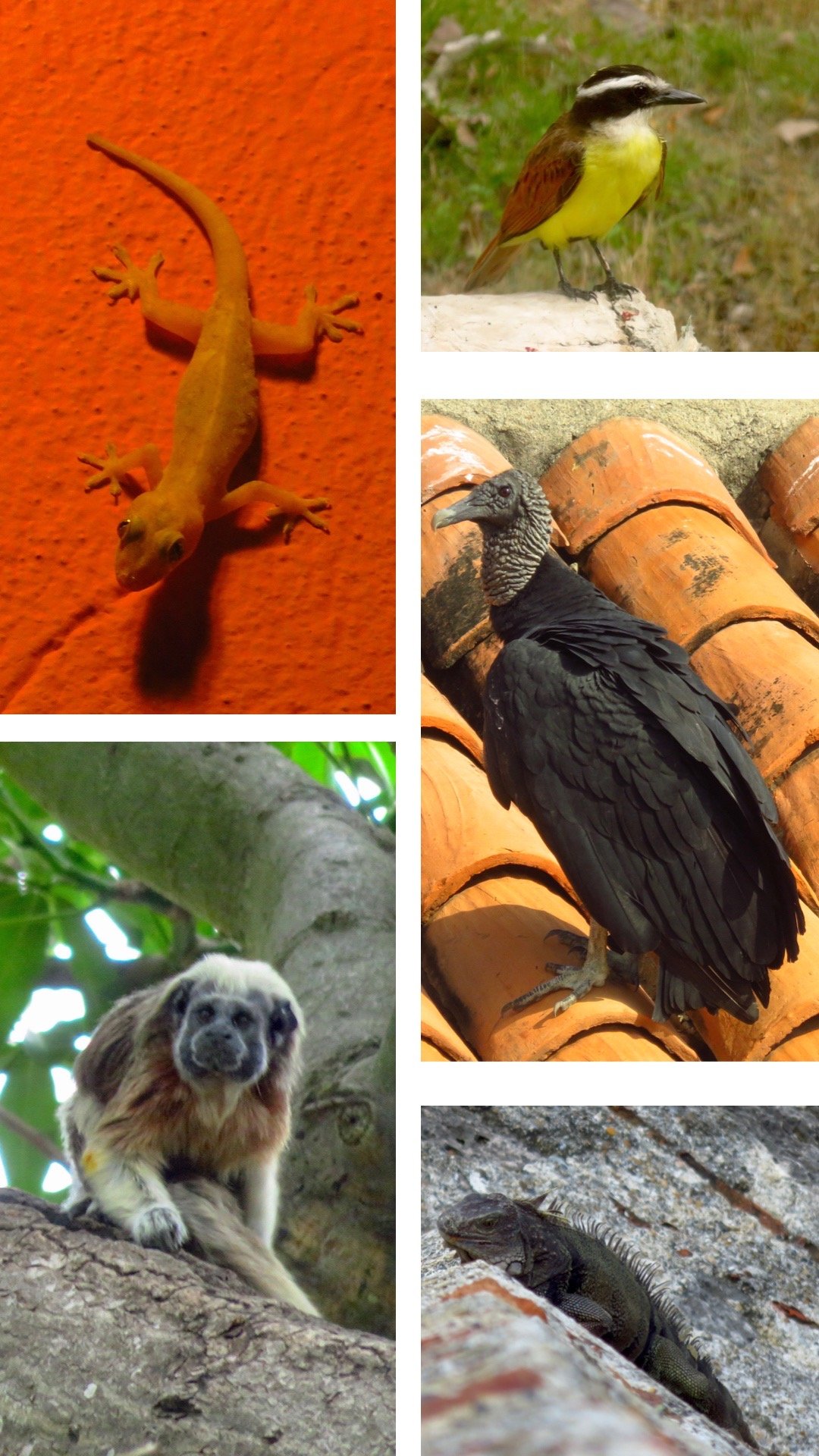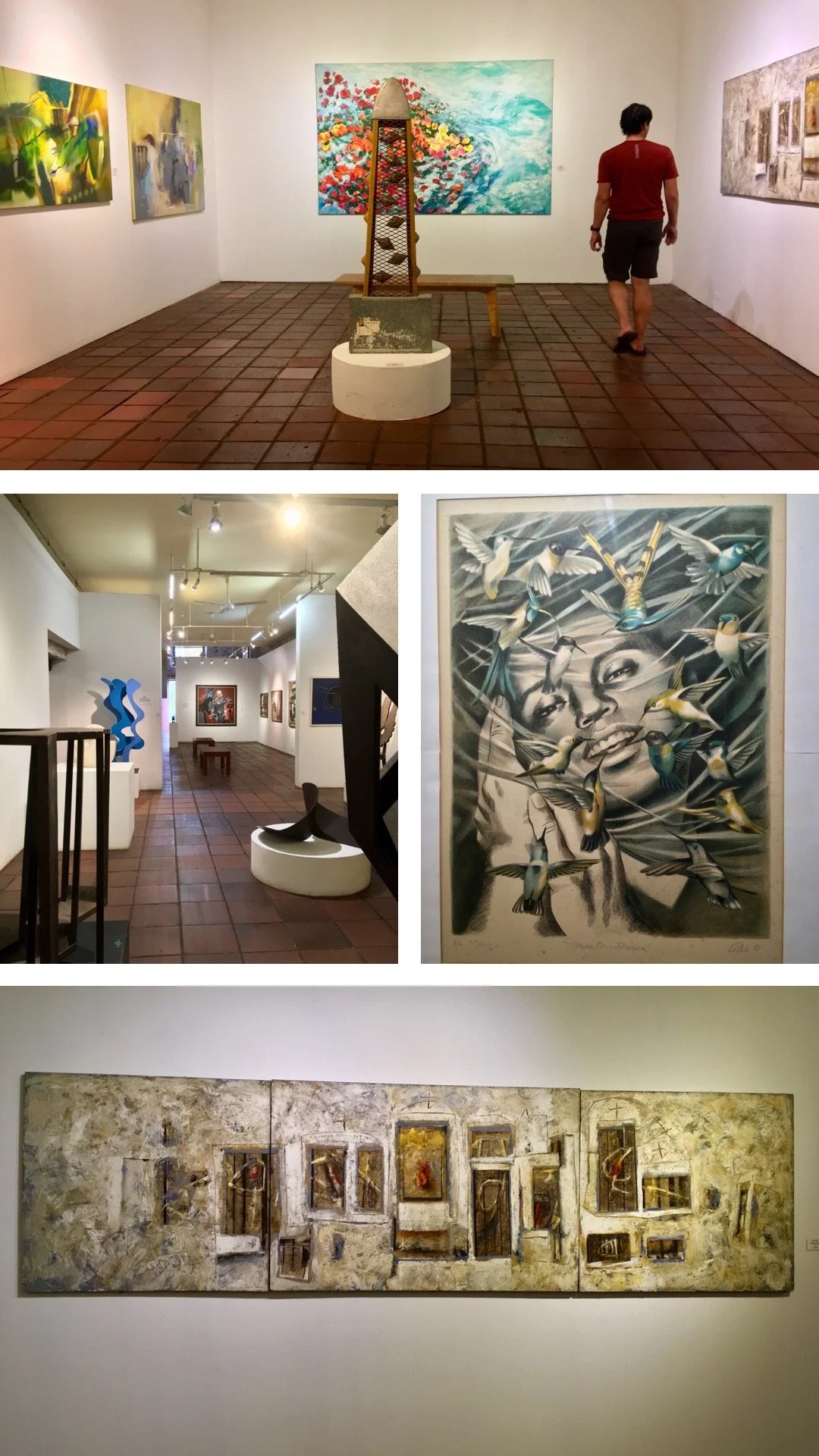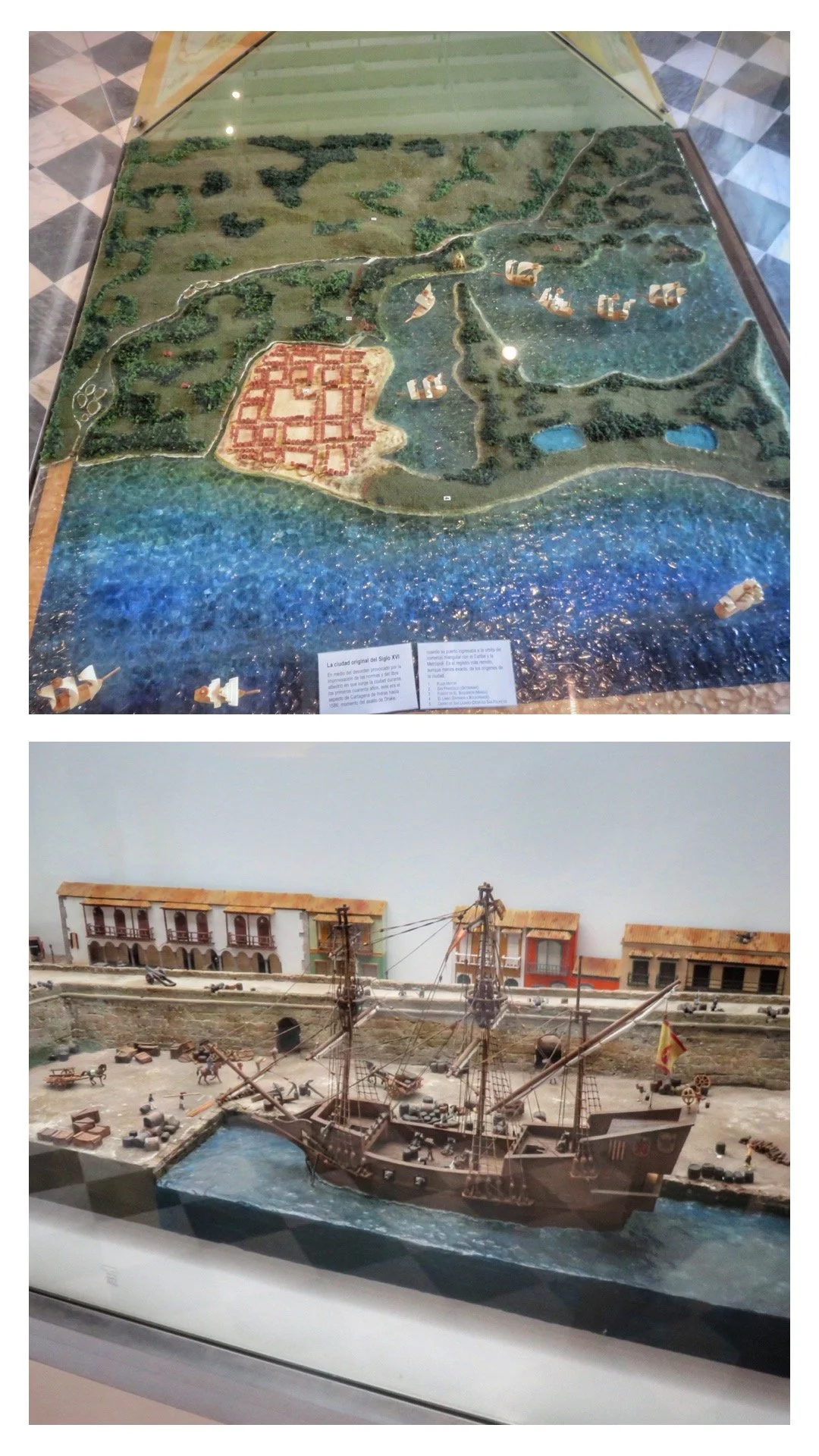Cartagena: 12 Must-Try Activities
Translated from French by Meghan McCallum
Cartagena de Indias is known for its Caribbean vibes, colors, flavors… and heat! This city is full of history, much of it heavy. It’s an old city and a modern city. There’s so much to explore! Plan for at least five days in this incredible city, or a week if you can. But don’t push yourself too hard – if you’re not used to the heat, some periods of the day can be tough. But not to worry – there are plenty of museums to explore while waiting for the daytime heat to lift. Or you can opt for an afternoon nap and take advantage of the nightlife later…
Plaza de los coches.
Without further ado, here are my 12 must-try activities in Cartagena.
· Discover the Old Town with a Free Walking Tour
· Walk around the Getsemani neighborhood
· Visit the Castillo San Felipe
· Explore the Museo del Oro Zenú
· Spend the day on a tropical island!
· Watch the sunset at Café del Mar
Free Walking Tour
Located in the northwestern part of the city, the Old Town is – you guessed it – the oldest part of Cartagena. It’s surrounded by walls which once protected the city. It’s along the ocean, and is the most popular tourist spot for its colorful streets, numerous restaurants and cafés, museums, churches, shopping, and bookstores. You can see the ramparts and old cannons alongside the ocean, the clocktower, and more modern touches like the contemporary sculptures in the Plaza San Domingo.
The Free Walking Tour will take you around the Old Town and show you the most important locations in this neighborhood (buildings, squares, etc.). The guides are always very knowledgeable, are usually local, and can give you recommendations for restaurants and activities. Look for the yellow umbrella!
Getsemaní
About a 10-minute walk south from the Old Town, the Getsemani neighborhood is full of murals and sculptures. Take your time to stroll the alleys and admire the art. The neighborhood is small, and you won’t get lost! Don’t forget to visit the Plaza de la Trinidad, where you can often find vendors and food stands.
You can also stop at a café or restaurant for a little break. The French artist JR even painted some of the murals in this neighborhood from photos he took of locals in the aughts.
If you go to the southern point, you’ll find other ramparts that you can climb to take a look at a newer part of the city, with large modern buildings.
If you go all the way to the eastern edge of the neighborhood you’ll find a bridge to get to our next stop: Castillo San Felipe!
San Felipe Castle
This fortress was built by the Spanish during the colonial period. It was completed in 1536, and is in remarkably good condition! From here you can look down over the city in all directions, which made it an ideal location for spotting attacks.
You can walk in some of the tunnels, but the rest is entirely outside – so it’s best to go in the morning. Otherwise, if you’re visiting during the day, remember to bring your sunscreen and hat.
The muted color of the stone fortress creates a strong contrast against the city’s colorful streets. The somber fortress also contrasts with the magnificent modern hotels in the Boca Grande neighborhood, which you can see from the western ramparts!
The fortress has been designated as a UNESCO World Heritage Site since 1990.
Museo del Oro Zenú
This museum is located in a corner of Plaza de Bolivar, and admission is free. I was surprised by how interesting I found it! I am not very into jewelry, which is my first association when I think about gold, but in Colombia there is a whole colonial history in gold prospecting, the indigenous Zenú people using gold in their jewelry – and their talents for making gold artifacts. The three photos at the bottom of the collage show very small artifacts, but look carefully and you’ll see all the impressive details!
The main location of this museum is in Bogotá, so if you think you might visit the one there, you can skip this one. However, we visited the two locations and really liked them both! The Cartagena location has a special focus on the original inhabitants of the Caribbean region, while the one in Bogotá covers the whole country.
Tropical Island
You’re on the Caribbean coast, so you absolutely have to spend a day on an island! Numerous tour operators offer this type of trip. I recommend asking your Free Walking Tour guide for their recommendations, or ask the other travelers on your Free Walking Tour or at your hotel for their personal experiences.
We spent a day on Isla Del Pirata, where we tried the local food, swam, snorkeled, and relaxed! The color of the water, the refreshing breeze, and the calm vibes really whisk you away from the city’s hustle and bustle.
eat the Local food
Cartagena’s bright colors aren’t just on the walls. You can try many tropical fruits, including maracuya (passionfruit), lulo (naranjilla), mango, dragon fruit, and many more. Try them as juice, ice cream, or fresh (they’re very affordable at grocery stores). And don’t be surprised if you see stuffed avocado on a menu – Colombian avocados are huge!
One of Colombia (and Venezuela)’s specialties is called “arepas.” They are like pita bread, but made out of corn – and stuffed with whatever you like. The sign in my photo can be translated as: “Life is like an arepa, you get out what you put in!”
Sunset at Café del Mar
With its location in the far northwest side of the city (in the Old Town), Café del Mar is the perfect spot to watch the sunset. But for good reason, it’s also a very popular place to go. I recommend going well before sunset and passing the time with a cocktail… or two. Why not share this experience with one of your new friends from the Free Walking Tour?
Once it’s nighttime, there’s often music and dancing. The prices are a bit higher here than elsewhere, but if the weather is good for the sunset, it’s really worth it!
The flag in my photo is the flag of the city of Cartagena.
Take a night walk
After sunset at Café del Mar, walk around the Old Town some more. At night, the city is lit up in all new colors!
Admire the church bells and the illuminated colonial balconies. Stop to listen to street musicians and watch people gathering in Parque del Centenario to dance, sing, read poetry, and more.
It’s another way to see the city, and you can enjoy the cooler night air! The Old Town is safe, as there are plenty of people (locals and tourists alike) walking late at night.
Check out the animals
I was surprised at the number of animals that we saw in the middle of the city: iguanas at Castillo San Felipe, lizards and tropical birds pretty much everywhere, and even monkeys in the middle of Parque del Centenario!
You can see parrots in the trees, frigates soaring over the city, and many birds along the water – but look for even more in small spaces like little walls and private gardens!
They’re even more colorful and beautiful than the city itself!
visit the Museo de Arte Moderno
Located right in the heart of the city, in Plaza San Pedro, this little museum is well worth a stop. It exhibits a range of art including painting, photography, and sculpture – primarily by Colombian artists, with some other Latin American artists included. Photos of the Colombian writer Gabriel García Márquez greet you as you enter.
The building itself is worth the visit. It’s one of the city’s oldest, and you can see some walls and arches in brick, for example. My photo collage features paintings by two Cartagena-born artists: Enrique Grau and Ruby Rumie.
Admission is 10,000 Colombian pesos, and the museum is open from Tuesday to Sunday from 11:00 a.m. to 6:00 p.m. – perfect for escaping the heat!
Learn at the Museo Naval
Another pleasant surprise for me was the Naval Museum of the Caribbean. It doesn’t just cover the country’s naval military history – though there are miniature models of boats from different eras, examples of military uniforms over the years, and a replica of part of a submarine, which you can go into. It also has a lot of information on the city’s construction and the cholera epidemic, which ravaged Cartagena in 1849 (and which was featured in the classic 1985 novel Love in the Time of Cholera by Gabriel García Márquez).
If you have time, visit this museum near the Parque de la Marina in the Old Town. If you speak Spanish feel free to ask for a guide, and don’t forget to tip!
Palacio de la Inquisición
Another small museum that’s worth a stop, and where the building itself is remarkable. The city’s history is deeply rooted in colonization, slavery, and the Catholic Inquisition.
You can see historical artifacts, including torture devices used during the Inquisition to punish heretics (mainly Jews, non-Catholics in general, and people who practiced black magic). Many women accused of being witches were executed in this palace.
The beauty of the building and garden contrasts with the dark history of what took place inside. It’s not an easy visit, but it’s an educational one.
With such a variety of activities available in Cartagena, consider staying in two different neighborhoods to take full advantage of the diversity of the Old Town and access to the Caribbean! The Caribbean side in particular is very different from other Colombian cities. Continue your visit of this wonderful country in Bogotá, the third-highest capital city in the world; in Medellín, a town nestled in the Aburrá Valley with a cooler climate, or in the small town of Salento, in the coffee region of Quindío!
